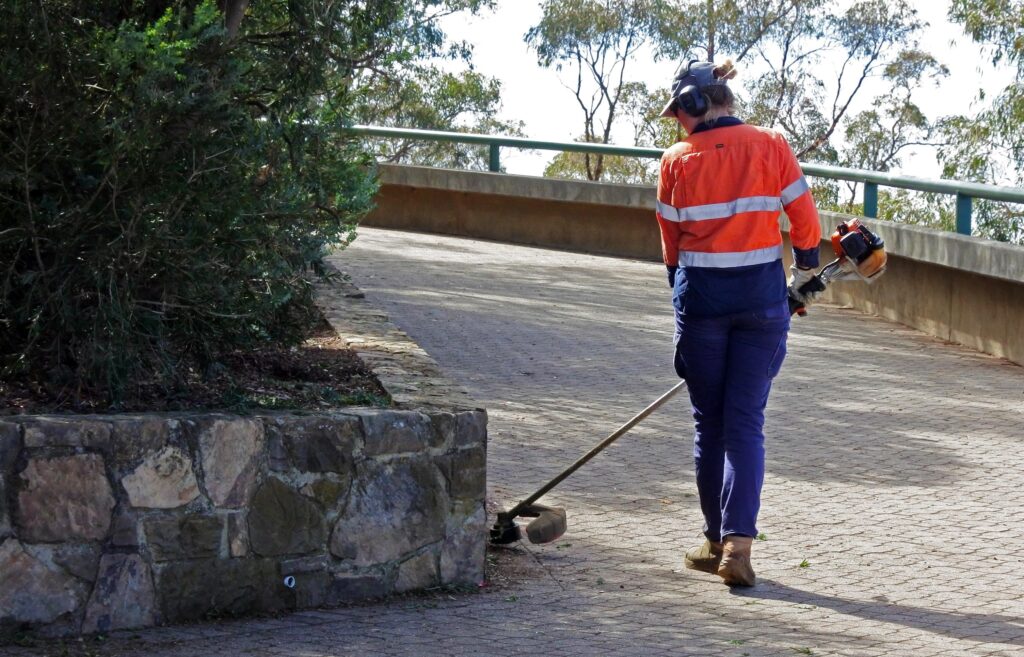It’s on. The Prime Minister and Treasurer have officially opened the three-day Economic Reform Roundtable, ready to explore ideas for addressing Australia’s slowing productivity and inform the next three Federal budgets.
The other thing happening today? Equal Pay Day.
Today marks the end of the fifty extra days women need to work past the financial year to receive the same pay as men, as calculated by the Workplace Gender Equality Agency (WGEA).
Working to address the key drivers of the gender pay gap should be high on the agenda for the Treasurer’s roundtable, and positioned as an opportunity to enhance Australia’s falling productivity.
Addressing barriers to women’s workforce participation, including the drivers of gender gaps in managerial and leadership positions, as well as the allocation of private investment to startups and small businesses, should also dominate the agenda — if we’re truly serious about tapping into the best talent, accessing the greatest ideas, and boosting innovation.
But so far, conversations prior to the roundtable appear to centre on using the opportunity to “cut red tape”, referring to regulatory procedures deemed to burden and slow down business and growth.
Back to Equal Pay Day, it’s worthwhile considering what WGEA says are the main drivers of this gap: gender segregation across occupations and industry, as well as the unequal distribution of caring responsibilities in the workplace.
These drivers are evident in other aspects of the economy relevant to “productivity”, including women’s safety and economic security, women’s health and wellbeing, and worker shortages across the female-dominated care sector as well as across male-dominated sectors, like construction.
These drivers are also being exacerbated by other major issues affecting the economy, including climate change, rising inequality and the fast deployment of artificial intelligence across the workforce.
Addressing the drivers of the gender pay gap carries great productivity promise: in terms of improving women’s workforce participation, getting more money to women and their families (and consequently, more financial security and safety) and in terms of addressing sectors with critical worker shortages, such as across male-dominated areas like construction.
Progress slow on barriers to women’s participation
While there has been some slow progress on closing the gender pay gap, little progress has been made on some of the overarching issues that are causing it.
Nearly 70 per cent of occupations in Australia are as gender segregated as they were 15 years ago, according to the Jobs and Skills data, with Deputy Commissioner Megan Lilly recently describing this segregation as a “handbrake on our economy.” Men outearn women in all but two per cent of the 688 occupations in the country.
And little has changed in the distribution of unpaid caring responsibilities, which is considered the largest barrier to employment for 75 per cent of women with children under 15 who say they want a job or more working hours, according to ABS data released in 2024.
The value of unpaid care was estimated to be worth almost $203 billion in the September 2024 quarter, according to the ABS.
As the Working With Women Alliance points out in their roundtable submission, if Australia could hit the same level of workforce participation as what’s been achieved in Nordic countries, we would see an estimated $132 billion more in GDP every year.
Almost half of women who did not have a job in 2024 were unable to start work because they were caring for children. Women also report being unable to work because of the care responsibilities they carry outside of their kids, including for older relatives and for those who are sick or have a disability.
Can the next three days of roundtable discussions deliver some real ideas to help address these issues?
Can we focus on opportunities to better tap into the potential of Australians by enabling them to fully utilise their skills, education and knowledge?
The Abundance opportunity
More than 900 submissions were received during the consultation periods from think tanks, lobbyists, unions, industry groups, not-for-profits, employers and other parties with an interest in getting their agenda on the table.
The underlying themes behind many of these submissions relate to this idea of “cutting red tape”. Three words believed to make everything better, faster, clearer, cheaper and more productive. The end result? Abundance, as the title of Ezra Klein’s 2025 book, has been widely shared across political circles in Canberra.
But what does “cutting red tape” do for wellbeing, for reducing inequality, for driving up more innovation, for activating more inclusive workforce participation?
How does cutting red tape reduce gender segregation across the workforce, which is not only identified as a major driver behind the gender pay gap but also an issue that correlates with worker shortages across occupations?
And how much can the “cutting of red tape” really achieve while barriers to women’s workforce participation persist?
Indeed, much of the real “red tape” is a system where an individual’s circumstances, especially their status as a carer, limit their ability to participate in paid work, including obstacles to accessing paid parental leave, flexible careers and early childhood education.
This red tape gets heavier across different groups, including for single mothers, victim-survivors of gender-based violence, migrant women, First Nations women. women with a disability and culturally diverse women.
Meanwhile, the media has been abuzz with discussions over Australia’s opportunities in Artificial Intelligence, and calls by some (notably billionaire tech moguls) to remove restrictive copyright provisions to support AI development.
But as WWWA points out, productivity gains in AI must be balanced against risks to women’s economic equality. Historic socio-economic disadvantage can be exacerbated by reliance on unregulated, automated decision-making. The group points to the example of financial lending decisions being increasingly informed by AI systems that expose women to higher rates. It also highlights further risks to women from job displacement, and the gender gaps in access to training for jobs requiring adoption. It advocates for government regulation and monitoring of algorithm-facilitated discrimination, and for ensuring that women benefit equally to men from the innovation and increased productivity promises of AI.
In 2022, prior to her appointment as Chair of the Productivity Commission, Danielle Wood famously said, “I can’t help but reflect that if untapped women’s workforce participation was a massive ore deposit, we would have governments lining up to give tax concessions to get it out of the ground.”
This remains as true in 2025 as it did three years ago. The next three days must centre on ideas that counter the continued obstacles to women’s workforce participation, including the varying weight of “red tape” that hampers women according to their individual circumstances.


